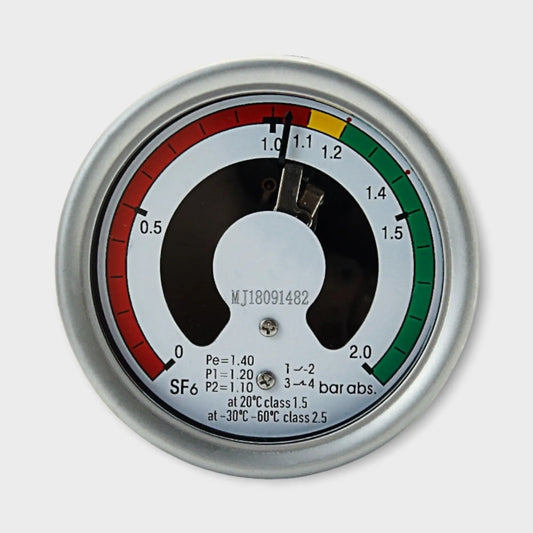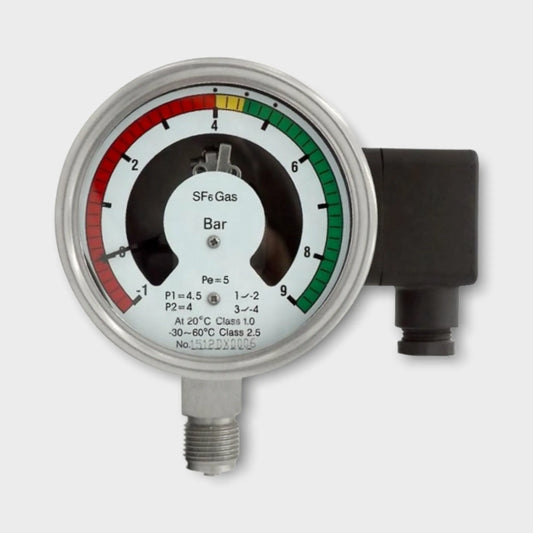Introduction:
Ensuring the safety and efficiency of electrical equipment in substations and power systems is paramount in today's energy landscape. One critical component that contributes to this assurance is the SF6 Gas Density Monitor. This device plays a pivotal role in monitoring the density of sulfur hexafluoride (SF6) gas within enclosed electrical equipment, providing real-time insights into its operational status.
What is an SF6 Gas Density Monitor?
An SF6 Gas Density Monitor is an essential instrument utilized in high-voltage electrical installations. It functions by continuously measuring the density of SF6 gas in equipment such as circuit breakers, switches, and transformers. SF6 gas, known for its excellent insulating properties, is commonly used in such equipment to prevent electrical arcing and enhance safety.
How Does it Work?
The SF6 Gas Density Monitor operates by employing sensors to measure the pressure and temperature of the SF6 gas within the equipment. These sensors transmit data to a central unit or microprocessor, which calculates the gas density based on the measured parameters. Any fluctuations in gas density due to factors such as temperature changes, pressure variations, or gas leakage are promptly detected by the monitor.
Key Features and Benefits:
Real-time Monitoring: Provides continuous surveillance of SF6 gas density within electrical equipment.
- Early Warning System: Alerts operators to any deviations in gas density, enabling proactive maintenance and troubleshooting.
- Safety Assurance: Helps prevent equipment failure, electrical faults, and potential hazards by ensuring optimal SF6 gas levels.
- Data Logging and Analysis: Allows for historical data tracking and trend analysis, facilitating predictive maintenance strategies.
- Remote Monitoring Capability: Some models offer remote monitoring and alarm notification, enabling off-site management and control.
Applications:
SF6 Gas Density Monitors find applications across various industries and settings, including:
- Electrical substations
- Power generation plants
- Transmission and distribution networks
- Industrial facilities with high-voltage equipment
SF6 Gas Insulated Switchgear (GIS)
SF6 Gas Insulated RMU
SF6 Gas Insulated Circuit Breakers
SF6 Gas Insulated Pole-Mounted Switch
SF6 Gas Insulated Transformers
SF6 Gas Insulated Mutual Inductor
SF6 Gas Insulated Busbar Systems
Why Choose Us?
As a trusted provider of SF6 Gas Density Monitors, we offer:
- High-quality, reliable monitoring solutions
- Expertise in SF6 gas monitoring technology
- Tailored solutions to meet specific requirements
- Dedicated support and after-sales service
Conclusion:
In conclusion, the SF6 Gas Density Monitor is an indispensable tool for ensuring the safe and efficient operation of high-voltage electrical equipment. With its advanced monitoring capabilities and proactive approach to maintenance, it plays a crucial role in safeguarding equipment integrity and minimizing downtime. Partner with us for dependable SF6 gas density monitoring solutions tailored to your needs.



